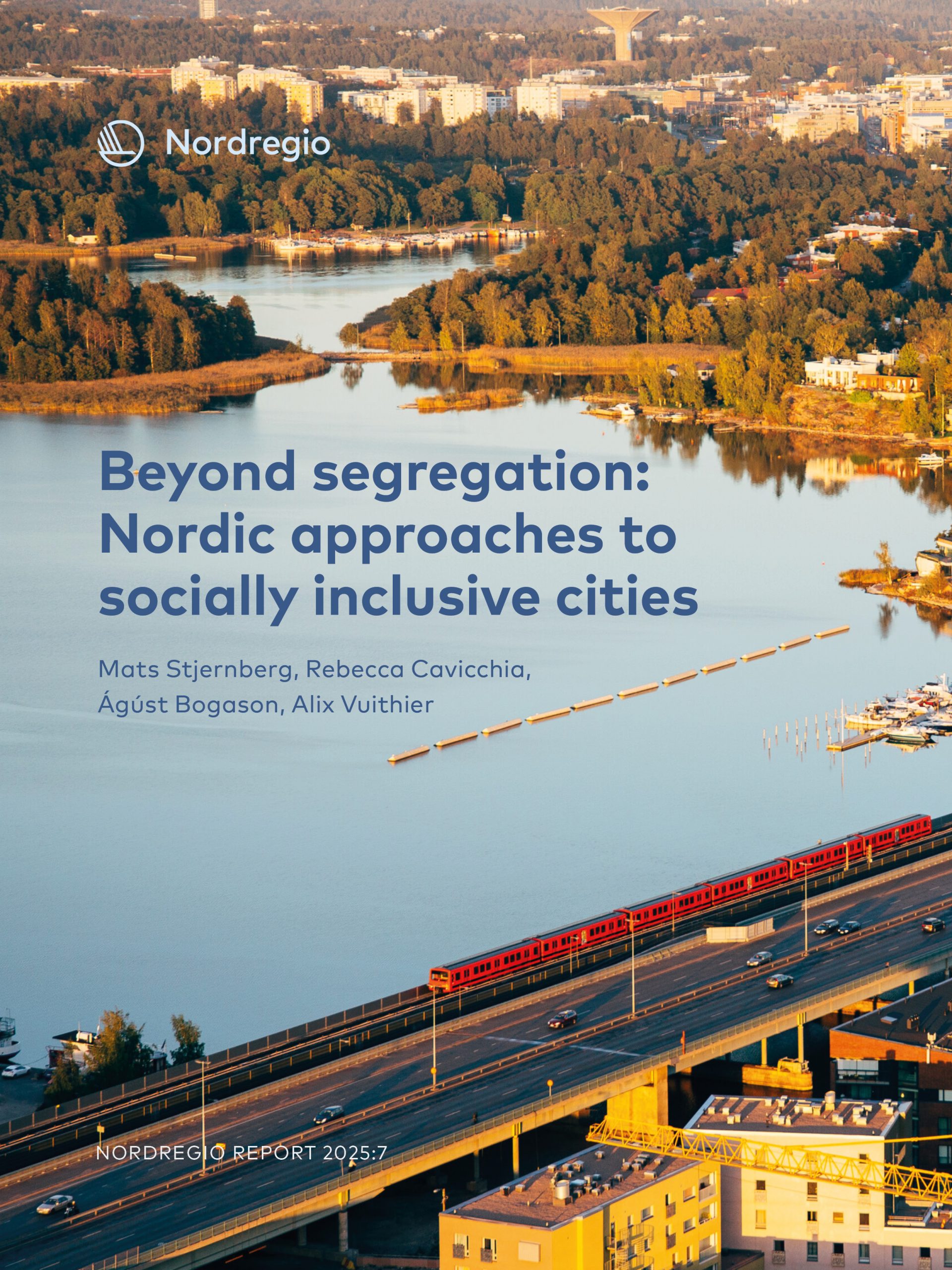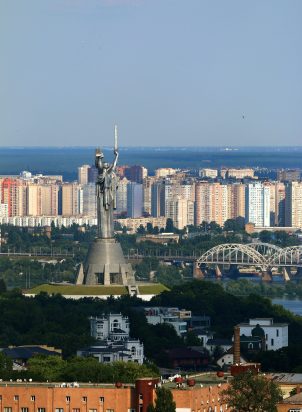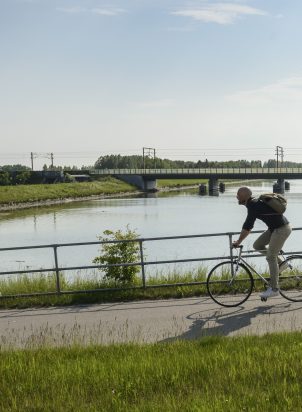In recent decades, Nordic cities have witnessed a general trend towards increased urban segregation, which has led to a wide range of policy and planning interventions addressing these issues across the Nordic countries. Against this background, this report examines how Nordic governments and cities address challenges of urban segregation through various policies, strategies, and plans that seek to foster greater social inclusion. The report also explores how the state and municipalities interact, as well as how public sector organisations and other actors work together to tackle segregation and foster social inclusion.
The study focuses on four main themes:
- The first theme concerns what the Nordic policy landscape looks like in terms of policies aimed at counteracting segregation and promoting social inclusion in cities.
- The second relates to the role of indicators and data.
- The third theme explores the public participation and citizen involvement policies, strategies and planning approaches used in Nordic cities to strengthen inclusion in both newly built and existing neighbourhoods.
- The fourth theme concerns the role of architecture and design, and more specifically the built environment interventions employed by cities in response to the challenges of urban segregation and social inclusion.
The study relies on a multi-case study approach, investigating 13 city cases across the five Nordic countries.













